There’s a common misconception that strength and conditioning coaches at the high school, collegiate, and professional levels provide sport-specific training to their athletes. Based on this assumption, you’d expect a volleyball strength and conditioning program to differ from a soccer, football, or baseball program. The truth is, while strength coaches may have to pitch their methods as sport-specific to gain support, most programs are very similar across sports, with only slight differences to accommodate the athletes’ specific needs.
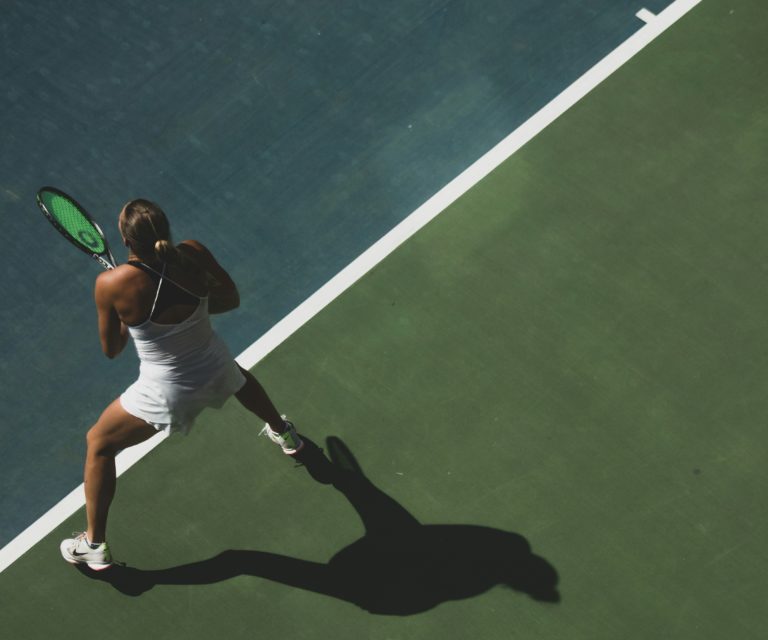 Strength and conditioning programs develop fundamental athletic qualities like speed, strength, power, mobility, and endurance, giving athletes physical skills they can apply to their sport. This is called general physical preparation or GPP. As for the actual sports skills themselves, the sport coach is the one who develops this specific physical preparation (SPP) in the athlete. To illustrate the difference, a strength and conditioning coach prepares a basketball player with cleans, back squats, presses, push-ups, pull-ups, and sprints. Meanwhile, the basketball coach prepares basketball players by developing their shooting, dribbling, and passing skills.
Strength and conditioning programs develop fundamental athletic qualities like speed, strength, power, mobility, and endurance, giving athletes physical skills they can apply to their sport. This is called general physical preparation or GPP. As for the actual sports skills themselves, the sport coach is the one who develops this specific physical preparation (SPP) in the athlete. To illustrate the difference, a strength and conditioning coach prepares a basketball player with cleans, back squats, presses, push-ups, pull-ups, and sprints. Meanwhile, the basketball coach prepares basketball players by developing their shooting, dribbling, and passing skills.
Quite often, athletes prioritize sports-specific training at the expense of their GPP, resulting in glaring weaknesses in their general fitness. For many athletes, fixing these deficiencies provides more opportunities to improve sports performance than additional sport-specific training. Ironically, CrossFit’s use of functional movements, variance, and intensity in short, effective workouts provides unmatched GPP with reduced total training time and volume, which allows for more time to practice sport-specific skills.
Functional Movements
The functional movements used in CrossFit — squats, deadlifts, presses, Olympic lifts, pull-ups, push-ups, etc. — develop great capacity and athleticism. Functional movements teach athletes how to use their body by incorporating multiple joints and muscle groups working together in an efficient wave of contractions from the core to the extremities, similar to sports movements like throwing a baseball or hitting a backhand. This differs from isolation movements such as leg curls or leg extensions. Here, the movement occurs around only one joint, something that never happens in sports. Furthermore, many isolation movements are done on machines, negating the athlete’s need to balance and use stabilizer muscles effectively.
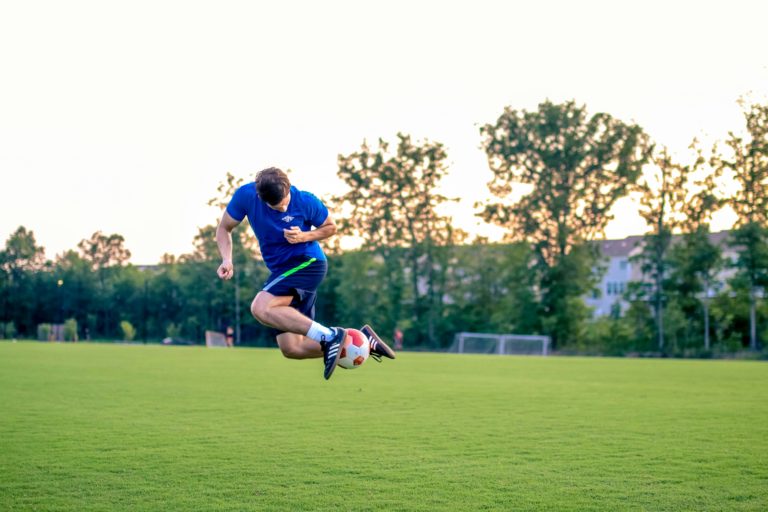 Functional movements like squats, deadlifts, and Olympic lifts develop powerful hip extension, which is critical for applying force to the ground. The better an athlete can apply force to the ground, the better they can express speed and power. This capacity enhances sports skills by transferring directly to better sprinting, jumping, and throwing performance.
Functional movements like squats, deadlifts, and Olympic lifts develop powerful hip extension, which is critical for applying force to the ground. The better an athlete can apply force to the ground, the better they can express speed and power. This capacity enhances sports skills by transferring directly to better sprinting, jumping, and throwing performance.
There are no lifts in the weight room that perfectly simulate a sports skill. However, by moving large loads long distances quickly, functional movements train the athleticism needed to perform sports skills. The further a weight travels in a movement pattern, the faster it moves, and the faster the athlete moves around or under the weight, the more athletic or intense the lift is. This makes thrusters, snatches, cleans, jerks, and squats ideal movements for training athletes.
Variety
Varying all the elements in workouts, including exercises, sets and reps, loads, and duration provides many benefits. First, this is the best way to develop a broad adaptation to support an athlete’s sports training. Varied training builds good capacity across an athlete’s physical skills to maximize performance: cardiorespiratory endurance, stamina, flexibility, strength, power, speed, coordination, accuracy, agility, and balance. Forcing muscles and joints to perform many different movements ensures strength, stability, flexibility, and mobility from all angles and through the full range of motion, improving performance while decreasing imbalances and the risk of injury. Varying the stimulus forces the body to continuously adapt, avoiding plateaus and spurring continued improvements in performance. Finally, varied training is more challenging and more fun, keeping athletes engaged and coming back to the weight room to improve their fitness. Ultimately, fitter athletes can engage in sports practice longer, better, and at higher sustained intensity levels, which improves skill and performance.
Intensity
Intense workouts where relatively heavy loads are moved through full ranges of motion develop speed, power, strength, and muscle mass while preparing muscles, joints, ligaments, and tendons for the high forces and impacts experienced on the field or court. In workouts where work is completed as fast as possible, or the maximum work is completed in a given amount of time, the intensity contributes not only to building muscle mass and strength, but also to optimizing the energy systems that support the repeated maximal efforts required in many sports and the recovery from these efforts.
Another great benefit from these intense workouts is their effectiveness at building mental toughness, or the ability to perform complex physical tasks with proper technique while exposed to stress and fatigue. This ability is a key requirement for elite performance and defines the capacity expected of the well-conditioned athlete. The need for this ability explains the emergence of CrossFit-type “finishers” at the end of workouts or the end of offseason challenges that have gained popularity in high school and collegiate strength and conditioning programs over the years. Some programs set up strongman courses with tire flips, tug of war, farmer’s carries, and sled pushes. Others use actual CrossFit workouts, like Fran or Cindy. One of our favorite challenges we’ve seen for a collegiate football team is a 60-minute EMOM of a power clean plus a hang clean every minute with loads ranging from 225 lb to 265 lb, depending on position. This workout also incorporates an overtime period at the end of the hour, mixing in swings, burpees, pull-ups, and push-ups to test the athletes’ mental toughness.
Community and Competition
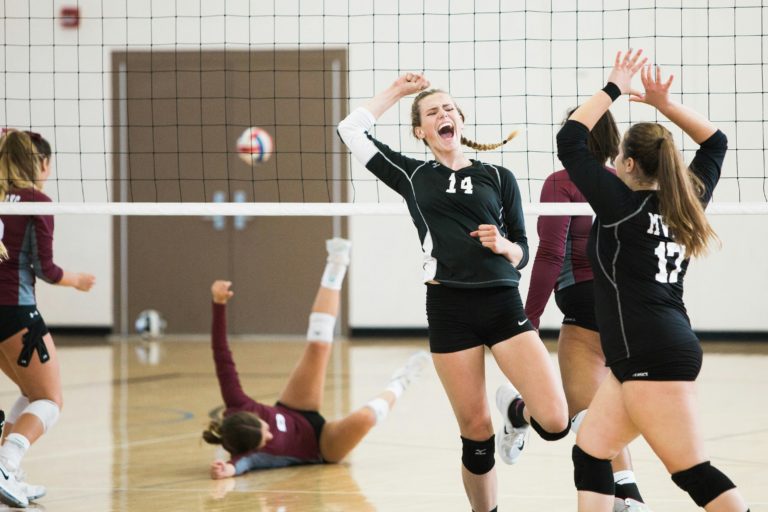 When team athletes train CrossFit together, they develop chemistry, teamwork, and leadership skills in a competitive environment. The shared suffering of CrossFit workouts develops a bond and trust between teammates because they know what they have gone through to compete on the field or court together. The challenging nature of CrossFit workouts teaches athletes a sense of pride that comes from doing hard work and a sense of confidence from knowing they can accomplish anything.
When team athletes train CrossFit together, they develop chemistry, teamwork, and leadership skills in a competitive environment. The shared suffering of CrossFit workouts develops a bond and trust between teammates because they know what they have gone through to compete on the field or court together. The challenging nature of CrossFit workouts teaches athletes a sense of pride that comes from doing hard work and a sense of confidence from knowing they can accomplish anything.
Team leaders emerge when those who do well in the CrossFit workouts devote time to helping those who struggle initially. The saying, “men will die for points” encapsulates the competitive environment CrossFit workouts foster, especially when results are tabulated at the end of the workout. Athletes push themselves harder when they know their results will be open to public scrutiny. Fostering this competitive spirit not only improves results in the weight room, it also transfers to the sport itself, enhancing performance. All of these factors create an element of fun to workouts, making it much more likely athletes will maintain a positive mental attitude toward their training, and keep coming back to work and improve.
Champion’s Mindset
While most athletes lean toward doing what they like or are good at, champion athletes evaluate their weaknesses and do extra work to eliminate these deficiencies to develop better athleticism for their sport. This type of self-evaluation and focus on shoring up weaknesses is part of CrossFit culture. By recording results from many varied workouts, we can quickly diagnose areas that need improvement. These areas are then addressed with short, consistent extra work until the deficiency is eliminated. The evaluation process is consistently repeated, and new weaknesses are regularly addressed. The efficiency of CrossFit training allows time and energy for these extra workouts, which foster creativity, individuality, and ownership over the process of developing the champion athlete.
Putting It Together
The basic concept in using CrossFit to train sports athletes is that CrossFit workouts dominate the offseason while time allocated to sports practice is lower. The initial couple weeks of the offseason are a re-acclimatization of the athletes to training through low-intensity technique work on functional movements. As the offseason progresses toward the preseason, intensity is judiciously increased, and workouts begin to more closely mimic the physical demands of the sport. Once practice starts preseason, CrossFit workouts take a backseat to sports skill work and are used to maintain fitness and aid recovery through the season. Intensity, volume, and duration are cut from offseason levels. Strength coaches must determine what is enough work, but not too much work, to support the team through the season.
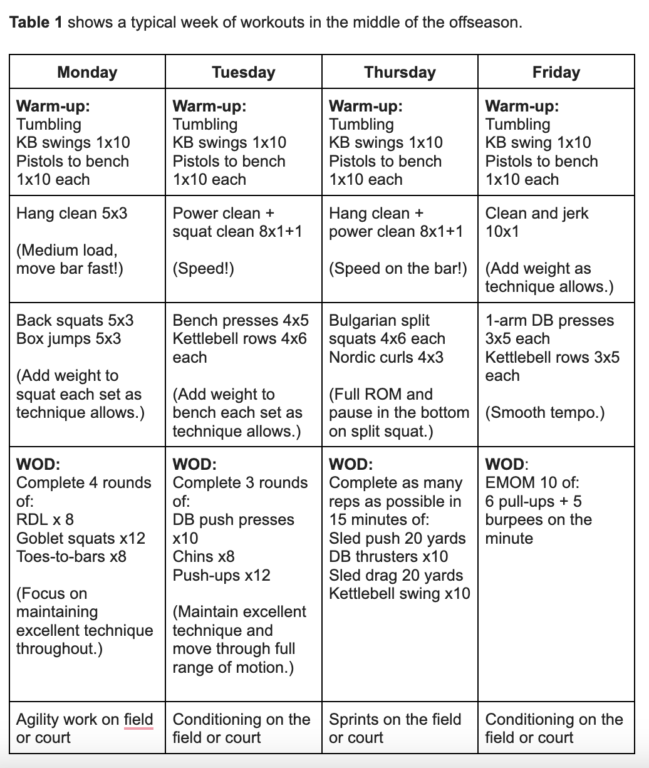

CrossFit provides sports athletes with the fitness, physical skills, and athleticism they need to thrive in their sport. Fostering team building, competition, and confidence, CrossFit is a natural fit for the high school and collegiate weight rooms across the country. While coaches and athletes may initially be skeptical about adopting a CrossFit program, they will soon buy in as they see and feel the impressive results and observe the improved performance in competition.
Additional Resources
- UC Riverside Baseball: Fall Strength and Conditioning by Josh Everett
- UC Riverside Women’s Basketball: Offseason Strength and Conditioning by Josh Everett
- Upcoming Webinar: Sport-Specific CrossFit Training for High School and College Athletes With Josh Everett – Join us as we talk to Josh Everett, a two-sport college athlete, strength coach, and three-time Games athlete, about sport-specific CrossFit training for high school and college athletes. You’ll also get to ask Everett your questions live on the call. Date: Tuesday, Oct. 22, 2024 at 4 p.m. PT. Click here to join us when we go live.
Note: Credit to Ethan Reeve, Hall of Fame collegiate strength and conditioning coach, for much of the information and ideas used in this article.
About the Author
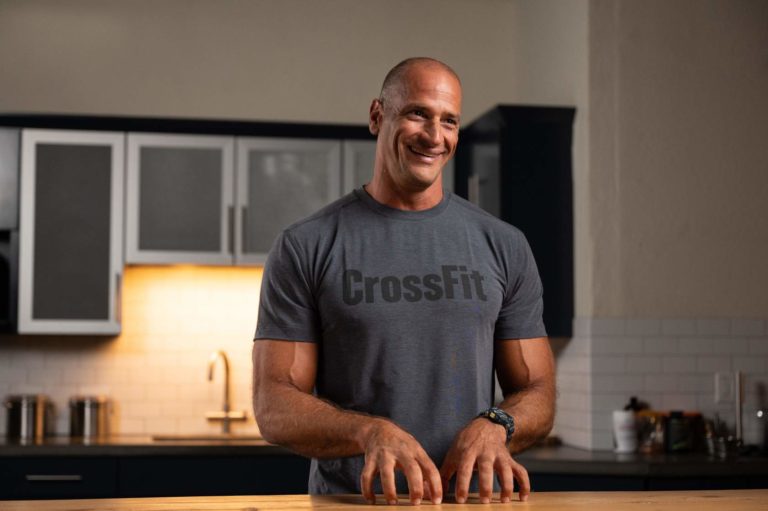 Stephane Rochet is a Senior Content Writer for CrossFit. He has worked as a Flowmaster on the CrossFit Seminar Staff and has over 15 years of experience as a collegiate/tactical strength and conditioning coach. He is a Certified CrossFit Trainer (CF-L3) and enjoys training athletes in his garage gym.
Stephane Rochet is a Senior Content Writer for CrossFit. He has worked as a Flowmaster on the CrossFit Seminar Staff and has over 15 years of experience as a collegiate/tactical strength and conditioning coach. He is a Certified CrossFit Trainer (CF-L3) and enjoys training athletes in his garage gym.